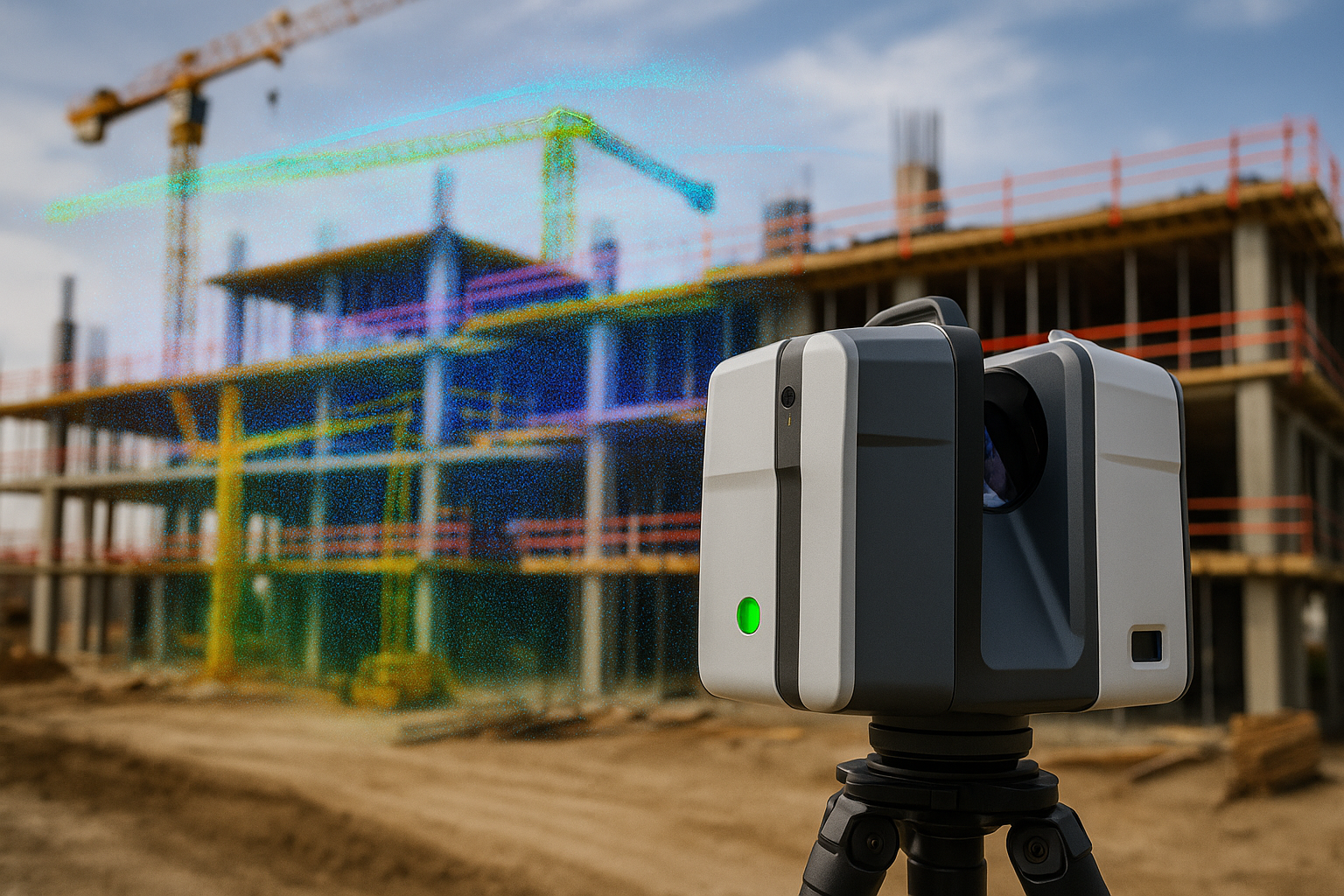In recent years, there has been a noticeable shift in how architects, engineers, and construction professionals handle measurement and documentation tasks. More and more, point cloud processing is replacing traditional techniques, reshaping industry standards for accuracy and efficiency.
The Limitations of Traditional Surveying Methods
Traditional surveying and measurement methods, while reliable in the past, often involve time-consuming manual work, higher costs, and a greater risk of human error. These processes can include tape measurements, manual sketches, and basic digital tools that don’t always capture the full picture. For complex projects, these limitations often translate into project delays and increased resource expenditure.
The Rise of Point Cloud Processing Technology
Point cloud processing has rapidly gained popularity due to its ability to capture millions of data points within minutes, providing precise and comprehensive 3D representations of real-world spaces. Utilizing advanced scanners and LiDAR technology, professionals can now create accurate models that serve as a foundation for digital workflows.
Key Advantages of Point Cloud Processing
- Enhanced Accuracy: Laser scanning reduces human error and delivers measurements with millimeter precision.
- Faster Data Collection: Comprehensive site data can be gathered in a fraction of the time compared to manual methods.
- Seamless Integration: Point cloud data integrates easily with BIM (Building Information Modeling) and CAD platforms, streamlining project planning and execution.
- Cost Efficiency: The reduction in labor hours and rework leads to substantial cost savings for both large and small projects.
Industries Benefiting from the Transition
The adoption of point cloud technology extends beyond construction and architecture. Facility management, heritage preservation, real estate, and infrastructure development sectors are all leveraging the benefits of point cloud processing for detailed documentation and analysis.
Addressing the Concerns
While some may worry about the learning curve or the initial investment required for point cloud processing, most organizations find that the long-term benefits far outweigh the setup costs. Training resources and software improvements continue to make the transition smoother for businesses of all sizes.
Conclusion: The Future is Digital
As the digital transformation of the AEC industry accelerates, more professionals are choosing point cloud processing over traditional methods. This evolution not only improves project outcomes but also sets new standards for precision, speed, and collaboration.
For a more in-depth exploration of this trend and real-world examples, we recommend reviewing why so many people switched from traditional ways to point cloud processing.
